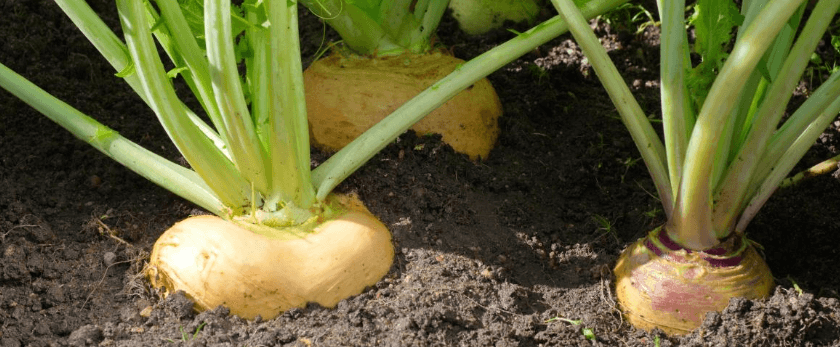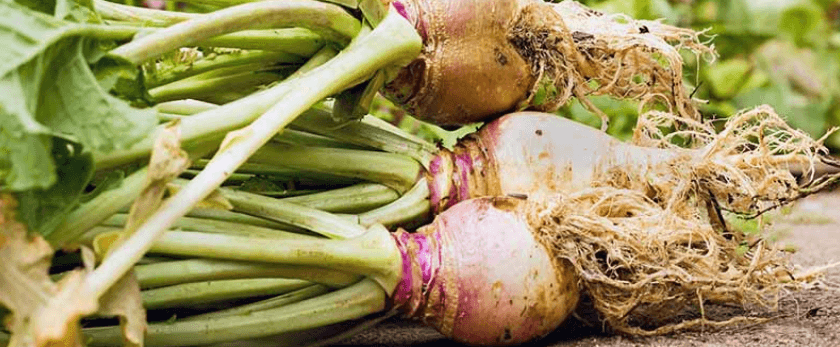Rutabaga, also known as swede or yellow turnip, is a root vegetable that is a cross between a cabbage and a turnip. It is a versatile and nutritious vegetable that can be used in a variety of dishes, from soups and stews to roasted vegetables and mashed rutabaga. Not only is it delicious, but it is also easy to grow in your own backyard. In this article, we will discuss how to grow rutabaga and provide tips for caring for your plants.
What is the Best Time to Grow Rutabaga?
Rutabaga is a cool-season crop, meaning it grows best in cooler temperatures. The ideal temperature range for growing rutabaga is between 50-60°F (10-15°C). This makes it a perfect vegetable to grow in the spring or fall when temperatures are cooler. In warmer climates, it can also be grown in the winter.

How to Care for Rutabaga
Watering
Rutabaga plants require consistent moisture to grow and produce healthy roots. It is important to keep the soil evenly moist, but not waterlogged. Water your plants deeply once a week, or more frequently if the weather is particularly hot and dry. Avoid overhead watering, as this can lead to fungal diseases. Instead, water at the base of the plant.
Light
Rutabaga plants prefer full sun, but they can also tolerate partial shade. If you are growing them in a warmer climate, providing some shade during the hottest part of the day can help prevent the plants from wilting.
Soil
Rutabaga plants prefer well-draining, fertile soil with a pH level between 6.0-6.8. If your soil is too acidic, you can add lime to raise the pH level. If it is too alkaline, you can add sulfur to lower the pH level. It is also important to ensure that the soil is rich in organic matter, as this will provide the necessary nutrients for the plants to grow.
Fertilizer
Rutabaga plants are heavy feeders and require regular fertilization to grow and produce healthy roots. Before planting, mix in a balanced fertilizer, such as a 10-10-10, into the soil. Once the plants have established, you can side-dress them with a nitrogen-rich fertilizer every 3-4 weeks. Be sure to follow the instructions on the fertilizer package for the correct application rate.
Pruning
Pruning is not necessary for rutabaga plants. However, if you notice any damaged or diseased leaves, it is best to remove them to prevent the spread of disease.
Common Problems with Rutabaga
Pests
Rutabaga plants are relatively pest-resistant, but they can still be susceptible to some common garden pests. These include cabbage worms, flea beetles, and aphids. To prevent these pests, you can cover your plants with row covers or use organic pest control methods, such as neem oil or insecticidal soap.
Diseases
Rutabaga plants can also be affected by fungal diseases, such as clubroot and powdery mildew. To prevent these diseases, it is important to practice good garden hygiene, such as rotating crops and removing any diseased plants. You can also use fungicides as a last resort.
Bolting
Bolting is when a plant prematurely produces flowers and seeds, usually due to stress from high temperatures or lack of water. To prevent bolting, make sure to keep your plants well-watered and provide some shade during the hottest part of the day.
Conclusion
Growing rutabaga is a rewarding experience that can provide you with a delicious and nutritious vegetable. By following these tips for caring for your plants, you can ensure a successful harvest. Remember to also practice responsible disposal methods for any plant waste, such as composting, to contribute to a more sustainable future. Happy gardening!










